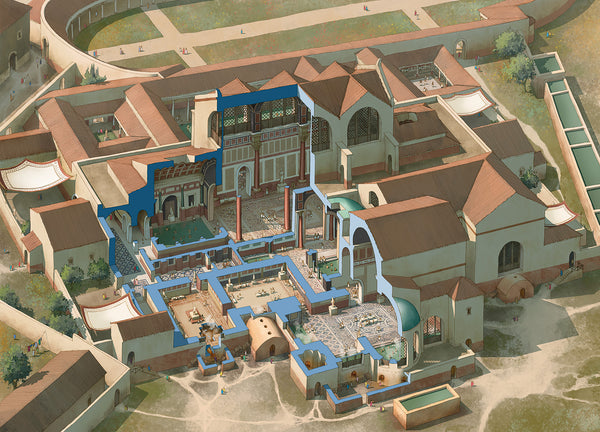Ultima ratio regum
“Where a goat can go, a man can go, where a man can go, he can drag a gun”
– COL William Phillips, 1777
For Camden, I’ve started work on Dorsey’s Maryland Artillery Company. For this I use the lovely little Wargames Foundry ‘Grasshopper’ model which is one of my favourites. This type of cannon is known more generally as a ‘3-pounder’ because it fires a 3-pound ball (give or take several ounces) of solid lead. With such a round, troops could typically expect between a 800 - 1,000 yard range, but with grapeshot the range dropped to 600 - 700 yards maximum, and to 200 - 350 maximum for canister shot. The less powerful nature of small artillery made them ideal as anti-personnel weapons and they would often accompany infantry as a maneuverable addition of firepower and psychological edge. Periods of time would come where large artillery was the preference, but the mobility and speed of smaller field guns always would seem to win out. Smaller guns could adapt to the changing needs of a battle, giving them more uses, and making them much more valuable.
Bronze was the leading battlefield technology by the 1700s. Due to its flexibility and increased strength, less of it was needed to construct barrels, thus resulting in an overall lighter weapon. Lighter weapons also meant less animals to transport them, less care of said animals and, as the British found in the Revolutionary War, they were much easier to transport on America’s dismal roads. The fact that bronze cannons could be melted and reused, while iron cannons had to be scrapped, was another side benefit.
With its newly utilized materials, rethought powder chamber, increased safety, and ease of transportation, it was certainly the envy of armies still relegated to using heavy, less accurate, iron artillery. These new 3-pounders were nicknamed ‘Grasshoppers’ for two reasons. The first was their appearance on the battlefield. Moved via handspikes (a.k.a. “big levers for moving stuff”) they would flit forward and backward on the battlefield like a grasshopper. It is also said that, when fired, they jumped back like a grasshopper. It’s not certain how their recoil would have been different from any other cannon, but the story remains.
At Camden, the artillerists played their part, but all four cannon fell into the enemy’s hands. Dorsey was wounded and most of his company were killed or captured there.
Snap, crackle and pop.
Sources:
- http://www.americanrevolution.org/artillery.html
- http://www.napoleon-series.org/military/OrdnanceJournal/Issue6/SOJ-6-6_C18th_Gunfounding.pdf
- Strach, Stephen G., A History of the Three Pound Verbruggen Gun and Its Use in North America: 1775 - 1783. Thesis, 1986. Print.

